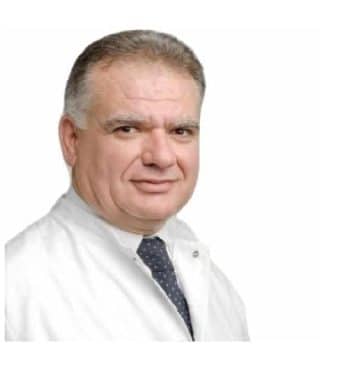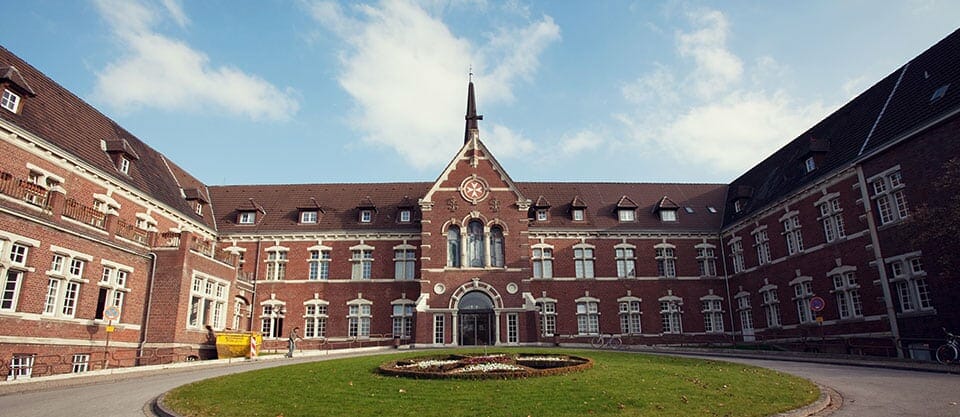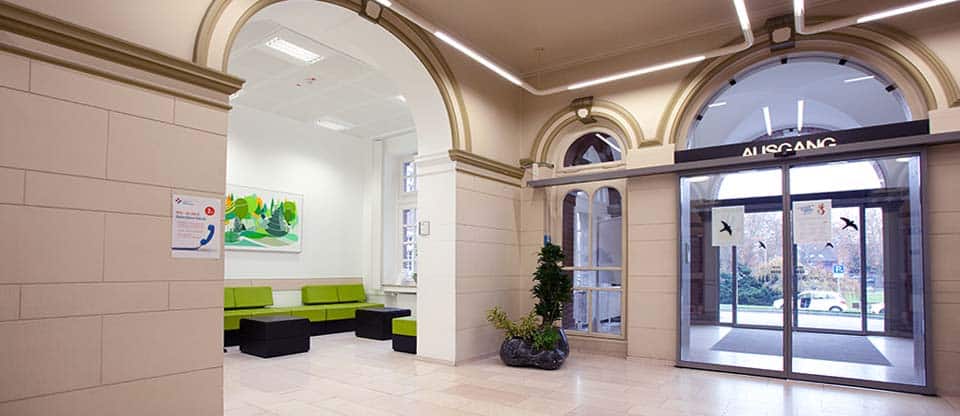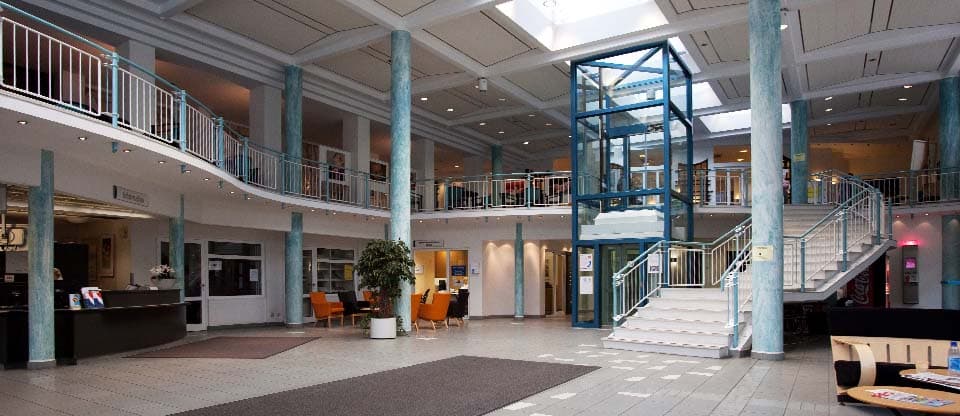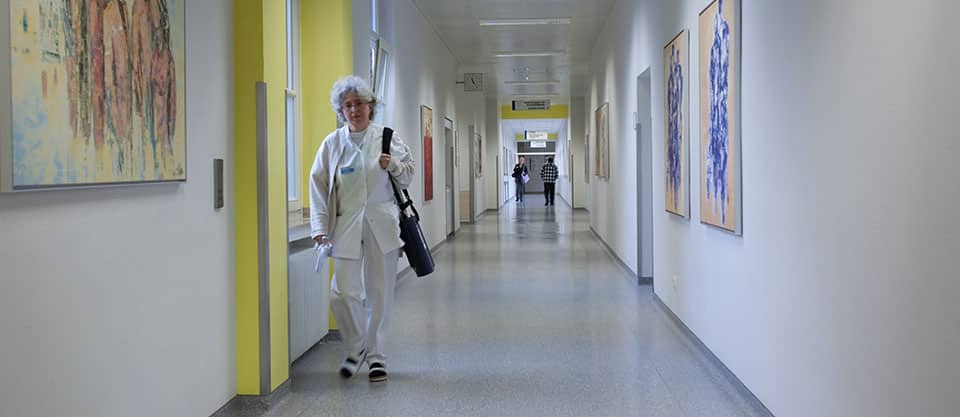Artificial pacemaker
The excitation formation system and the system for conducting electrical excitation impulses in the heart regulate the heart rate and heart rate. The normal resting heart rate is 50-90 beats per minute. Due to the rhythmic contractions of the heart, blood circulation occurs, thereby ensuring adequate blood flow in the body, as well as optimal supply of oxygen and nutrients to the body. If the formation of an excitatory impulse or the conduction of an impulse in the atria or ventricles is disturbed, then the heart beats irregularly or too slowly; With a decrease in the pumping function of the heart, an insufficient amount of blood enters the body. Frequent consequences of this are a feeling of weakness, reduced performance, dizzy spells or even loss of consciousness.
A pacemaker (pacemaker) or an artificial pacemaker - stimulates and normalizes the heart rhythm if there is no own cardiac activity for a certain period of time.
There are various systems of pacing, the choice of the necessary system for pacing depends on the underlying disease. Currently, every pacemaker is equipped with a frequency adaptation function that allows you to assess the level of physical activity performed by a person and accelerate the heart rate depending on the physical activity at the moment (from sports to casual short walks). In most cases, pacemaker implantation is performed under local anesthesia, but in some cases, the operation can be performed on an outpatient basis. There is no need to be afraid of restrictions after implantation of a pacemaker, but it is necessary to regularly see a specialist to monitor the operation of the device.
Approximately 4-7 years after the implantation of the pacemaker, the battery power is depleted, and the pacemaker is replaced with a new one (re-operation), while in most cases the electrodes may not be replaced with new ones. Recently, pacemakers have been developed that are compatible with MRI equipment.
Cardioverter-defibrillator
Implantation of an ICD (cardioverter defibrillator) is carried out to prevent possible sudden cardiac arrest (asystole) in patients with ventricular tachycardias. This unique device guarantees pacing and defibrillation within seconds of an arrhythmia or cardiac arrest.
The operation is performed without the use of general anesthesia with a combination of local anesthesia with sedation. Similar to a pacemaker, the system consists of at least one probe and an ICD; however, the electrode to the right ventricle additionally contains at least one metal coil. In the event of life-threatening cardiac arrhythmias, a strong impulse is generated between the metal coil and the device, after which the heart returns to a normal rhythm.
Resynchronization Therapy
Resynchronization of the heart is a modern method for correcting severe heart failure that is resistant to other types of treatment. Resynchronization of the cardiac chambers leads to significant hemodynamic and clinical improvement. Modern cardiac resynchronization devices are pacemakers that are implanted in the pectoral region and connected to three electrodes passed through the subclavian vein into the right atrium, right and left ventricles. Modern devices have many programmable parameters (for example, the value of atrioventricular and interventricular delay), which allow for the optimal mode of biventricular pacing, based on the specific clinical situation. Biventricular system implant surgery does not require general anesthesia in most cases, and in 93 % the operation lasts for a fairly short time (< 90 minutes).
requiring a minimum investment of time, performed under direct visual control. The goal of the surgical treatment of atrial fibrillation is the elimination (exclusion) of areas of tissue in the atrial region that cause the development of atrial fibrillation and/or maintain its persistence. Patients suffering from concomitant atrial fibrillation are shown the so-called Maze operation. For patients with limited quality of life due to atrial fibrillation, Maze surgery can be performed through a minimally invasive approach.
Surgical treatment of atrial fibrillation (atrial fibrillation)
Surgery for atrial fibrillation can be performed in combination with heart valve surgery, with bypass surgery, or even in isolation in a minimally invasive manner.
Atrial fibrillation (atrial fibrillation) is dangerous for the formation of blood clots (thrombi), which can cause a stroke or myocardial infarction. Surgical treatments for atrial fibrillation include various methods such as
- method of radiofrequency catheter ablation,
- catheter method of ultrasonic ablation,
- cryotherapy method (cold treatment),
- transcatheter radiofrequency ablation method,
Video
Request appointment
Useful links




